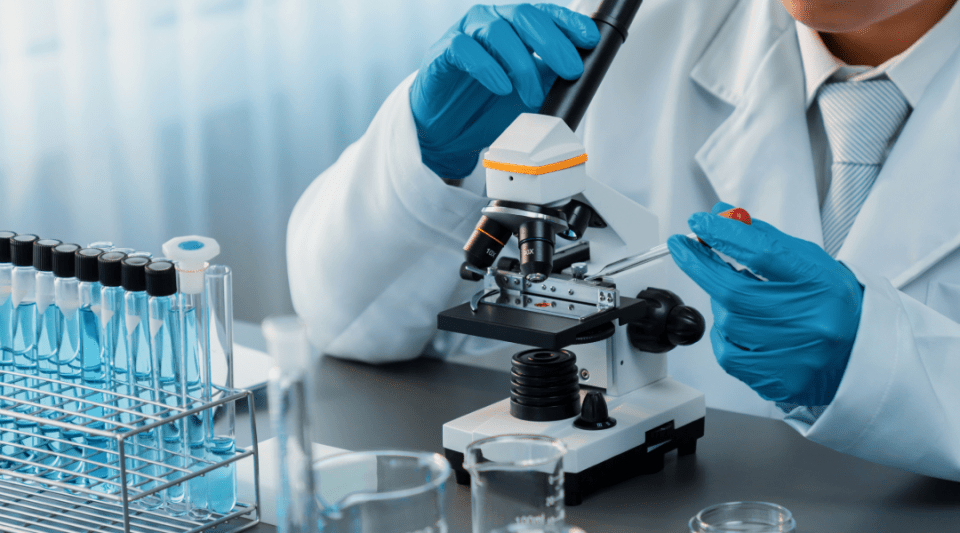There is currently a worldwide emergency regarding bacteria highly resistant to antibiotics. This means current antibiotics are increasingly ineffective so morbidity and mortality from infections are very high. This crisis is aggravated by the lack of new antibiotics which, for various reasons, are difficult and especially laborious to develop.
Opening new research paths and developing different approaches that are effective for the discovery of new antibiotics is essential. A study published in the scientific journal Nature has described how artificial intelligence algorithms have been used to rapidly identify chemical structures that may have antibiotic activity with little toxicity for humans.
In this study, researchers developed deep learning algorithms with neural networks to identify chemical structures with existing antibiotic activity. They also located similar structures in other potential samples that may lead to the development of new classes of antibiotics. In conclusion, the study supports the idea that machine-learning models can play a prominent role in the discovery of new drugs.
New options
In the study, compounds were found with antibacterial activity against both the bacteria Staphylococcus aureus - which causes skin infections such as boils and is resistant to the antibiotic methicillin - and different species of enterococcus, which cause various infections, such as endocarditis and cellulitis and is resistant to the antibiotic vancomycin.
Both compounds show low toxicity in human cells, making them good drug candidates for possible use in the near future.
Researchers are increasingly using artificial intelligence in their processes to facilitate and speed up the discovery of new drugs that will be progressively introduced into clinical practice in the future.
Information documented by:
Dr. Carolina García, specialist doctor in the Infectious Disease Department of the Hospital Clínic Barcelona.






